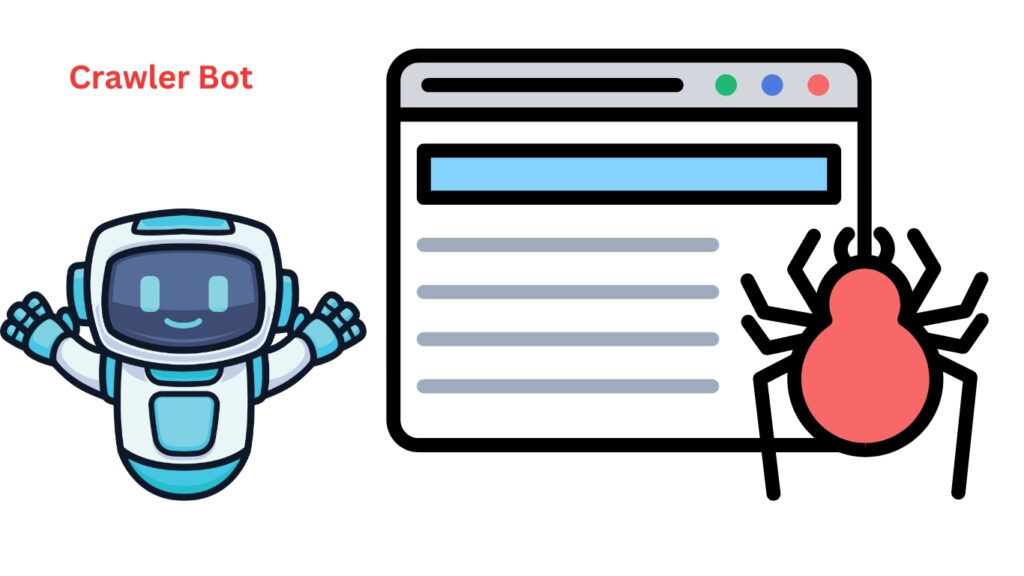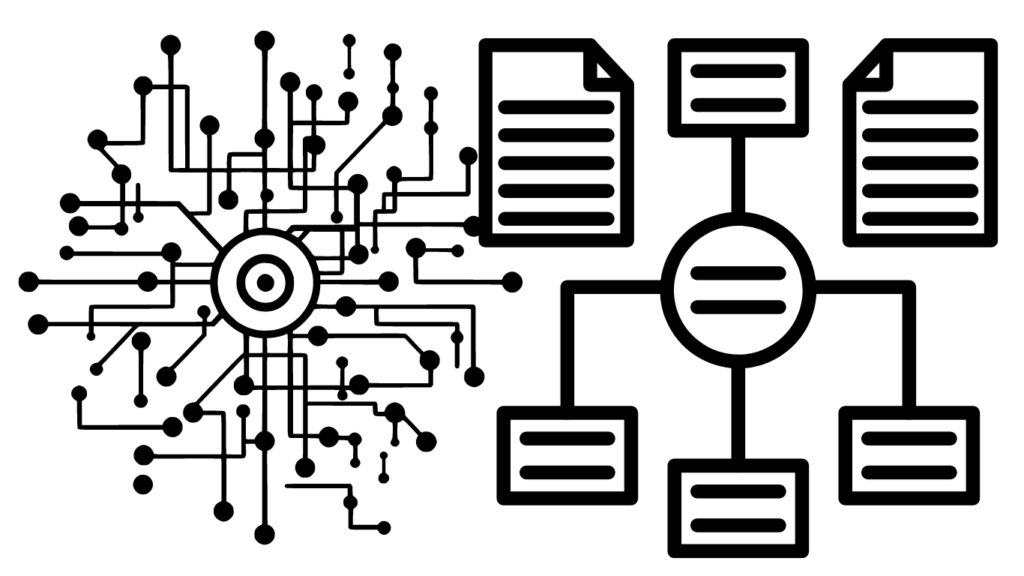Imagine a librarian meticulously cataloging every book in a vast library. That’s what search engines do with the internet; their diligent helpers are called crawlers. These digital bots tirelessly explore the web, discovering and indexing content to deliver relevant search results to users. But what happens when these crawlers encounter roadblocks on your website? Enter crawl issues.
What is a Crawl Issue?
A URL crawl issue occurs when search engines like Google attempt to visit (or crawl) a URL on your website but encounter problems. These issues can arise from server errors, long redirect chains, or URLs blocked by robots.txt. Such issues prevent search engines from accessing the content, negatively impacting your site’s indexing and overall search visibility. Common crawl issues include broken links, server errors, and improperly configured robots.txt files. Identifying and resolving crawl issues is crucial for ensuring your website is accessible to search engines and can be appropriately indexed and ranked.
What is a Crawler in SEO?
In Search Engine Optimization (SEO), a crawler, also referred to as a spider or bot, is a program used by search engines to scan the web and index website content. Crawlers navigate through links from one page to another, collecting data that enables search engines to comprehend the content of each page. This process is fundamental to how search engines build indexes and rank websites in response to search queries. Examples include Google’s bot, Bing’s bot, and Yahoo’s Slurp.
What is the Importance of Crawling in SEO?
Crawling is a critical component of SEO because it is the primary way search engines discover new and updated content on the web. With effective crawling, search engines could index pages accurately, resulting in better visibility for those pages in search results. Proper crawling ensures that:
- Content Discovery: Search engines can find and access new or updated pages on your site.
- Indexing: Pages can be added to the search engine’s index, making them eligible to appear in search results.
- Ranking: Indexed pages can be evaluated and ranked based on relevance and quality.
Effective crawling ensures that all important content on your website is visible to search engines, which is essential for driving organic traffic.
What is the Purpose of a Crawler?
The primary purpose of a crawler is to discover and collect data from the web, which is then used to build and update a search engine’s index. Crawlers perform several vital functions:
- Discover New Content: Crawlers continuously explore the web to find and update new pages.
- Collect Data: They gather information about each page’s content, structure, and links.
- Update Index: The collected data is used to update the search engine’s index, ensuring that search results are based on the most current information.
- Evaluate Quality: Crawlers can also assess specific quality signals influencing ranking algorithms, such as page speed and mobile-friendliness.
By performing these functions, crawlers ensure that search engines can provide users with relevant, up-to-date, and high-quality search results.
What is a Crawler Bot?
A crawler bot, or a bot or spider, is a software application designed to browse the web and gather data from web pages automatically. These bots are essential for search engines and other web services requiring large-scale data collection. Critical characteristics of crawler bots include:
- Automated Browsing: Bots navigate the web autonomously, following links from one page to another.
- Data Collection: Bots retrieve and process the content of web pages, extracting valuable information.
- Compliance: Bots adhere to web standards and respect restrictions set by site owners through robots.txt files and meta tags.
- Efficiency: Bots are optimized to perform large-scale data collection efficiently without overloading servers.
Crawler bots are vital in keeping search engine indexes up to date and providing users with relevant search results.
What is the Crawler Process?
The crawler process involves several stages, each of which is essential for ensuring comprehensive and efficient data collection:
- Crawl Scheduling: The search engine determines which pages to crawl and how often to crawl them based on page importance and update frequency.
- Fetching: The crawler visits the scheduled pages and retrieves their content, including HTML, images, scripts, and other resources.
- Parsing: The crawler analyzes the retrieved content, extracting valuable data such as text, metadata, and links to other pages.
- Storing: The extracted data is stored in the search engine’s index, which can be quickly retrieved and used to generate search results.
- Updating: The crawler revisits pages periodically to check for updates and ensure the index remains current.
This process allows search engines to maintain a comprehensive and up-to-date web index, which is crucial for accurate search results.
How to Crawl a Website?
To crawl a website effectively, whether for SEO purposes or other data collection needs, follow these steps:
- Use a Crawler Tool: Screaming Frog, Ahrefs, and SEMrush provide comprehensive crawling capabilities.
- Set Crawl Parameters: Define the scope of your crawl, including the number of pages, depth, and specific sections of the site to focus on.
- Check Robots.txt: Ensure the site’s robots.txt file allows crawling of the desired pages. Adjust settings if necessary.
- Initiate the Crawl: Start the crawling process using your chosen tool. Monitor progress and ensure it covers all targeted areas.
- Analyze Results: Review the crawl data to identify broken links, duplicate content, and missing metadata.
- Address Issues: Make necessary adjustments to your site based on the crawl results to optimize for search engine visibility.
Regularly crawling your website helps you stay on top of any issues impacting SEO performance.
What is the Crawler Algorithm?
A crawler algorithm is a set of rules and protocols that dictate how a crawler navigates the web, selects pages to crawl, and processes the information it gathers. These algorithms determine:
- Crawl Frequency: How often the crawler visits a page.
- Priority: Which pages are crawled first based on page importance and freshness?
- Depth: How deep the crawler goes into the site’s link structure.
- Politeness: How to manage crawling rates to avoid overloading servers.
- Filtering: Which content types or sections should be included or excluded from the crawl?
These rules ensure that crawlers operate efficiently and effectively, balancing thoroughness with respect for server resources.
What is the Basic Crawler Algorithm?
The basic crawler algorithm typically involves the following steps:
- Seed List Initialization: Start with a list of known URLs (seed URLs).
- Fetch: Retrieve the content of the URLs from the seed list.
- Parse: Analyze the content to extract links to other pages.
- Add to Queue: Add the newly discovered URLs to the crawl queue.
- Repeat: Continue fetching, parsing, and queueing new URLs until the desired depth or scope is reached.
This process ensures a systematic web exploration, allowing the crawler to continuously discover and index new content.
What are Crawlers and Indexing?
Crawlers and indexing are closely related processes in the operation of search engines:
Crawling: The process of discovering and collecting data from web pages using a crawler.
Indexing: Storing and organizing the data collected while crawling it into a searchable database (index).
Crawlers gather the raw data, which is processed and indexed to create a structured representation of the web’s content. Search engines use this index to deliver relevant search results to users.
How Does Crawling Work?
Crawling works through a systematic process of web exploration and data collection:
- Starting Point: The crawler begins with seed URLs, often high-authority pages or previously indexed content.
- Fetching Content: The crawler retrieves the content of each URL, including HTML, images, and other resources.
- Extracting Links: The crawler identifies and extracts links from the retrieved content, adding new URLs to its crawl queue.
- Following Links: The crawler follows these links to new pages, fetching content and extracting links.
- Handling Restrictions: The crawler respects rules set by robots.txt files and other directives, avoiding restricted areas.
- Data Storage: The collected data is stored in the search engine’s index, ready for use in generating search results.
This iterative process continues, enabling the crawler to cover a vast portion of the web over time.
Conclusion
Understanding crawl issues and the role of crawlers in SEO is crucial for maintaining and improving your website’s visibility in search engine results. By addressing crawl issues, ensuring proper configuration, and regularly monitoring your site’s performance, you can enhance its accessibility to search engines and drive more organic traffic. Additionally, a solid grasp of how crawlers work, their algorithms and the overall crawling process will empower you to optimize your site more effectively and stay ahead in the competitive landscape of SEO.


